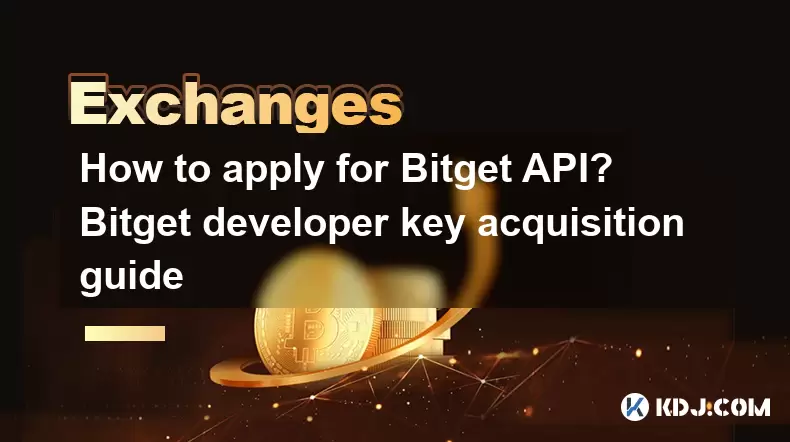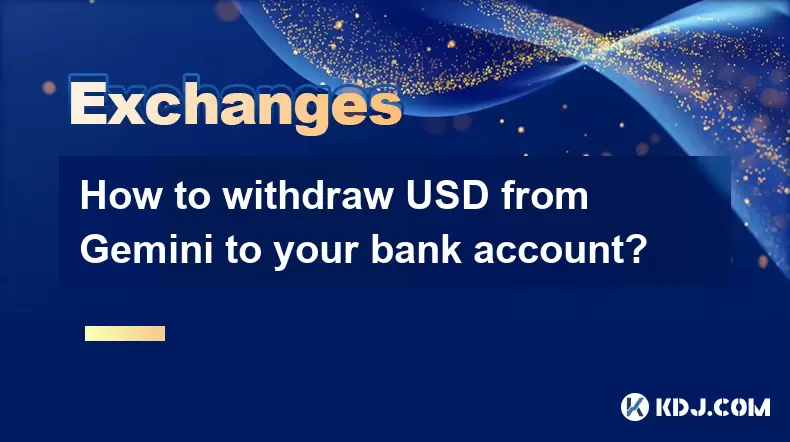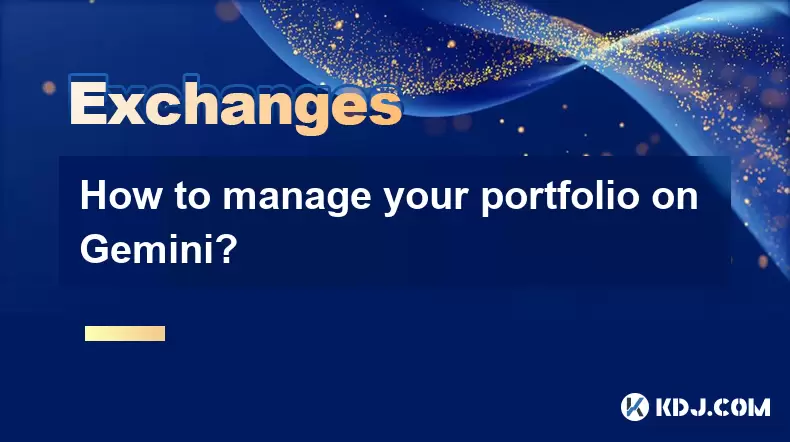-
 Bitcoin
Bitcoin $115200
0.84% -
 Ethereum
Ethereum $3716
6.14% -
 XRP
XRP $3.073
4.30% -
 Tether USDt
Tether USDt $1.000
0.01% -
 BNB
BNB $768.8
2.24% -
 Solana
Solana $169.2
4.51% -
 USDC
USDC $0.9999
0.02% -
 Dogecoin
Dogecoin $0.2106
5.86% -
 TRON
TRON $0.3330
1.66% -
 Cardano
Cardano $0.7550
3.93% -
 Hyperliquid
Hyperliquid $38.79
1.50% -
 Stellar
Stellar $0.4139
3.58% -
 Sui
Sui $3.592
4.32% -
 Chainlink
Chainlink $17.10
4.88% -
 Bitcoin Cash
Bitcoin Cash $575.7
5.78% -
 Hedera
Hedera $0.2505
0.85% -
 Avalanche
Avalanche $23.00
7.61% -
 Ethena USDe
Ethena USDe $1.001
-0.01% -
 Litecoin
Litecoin $121.3
9.72% -
 Toncoin
Toncoin $3.409
-4.39% -
 UNUS SED LEO
UNUS SED LEO $8.922
-0.47% -
 Shiba Inu
Shiba Inu $0.00001252
2.54% -
 Uniswap
Uniswap $9.935
8.62% -
 Polkadot
Polkadot $3.721
3.19% -
 Monero
Monero $305.9
0.61% -
 Dai
Dai $0.9998
-0.02% -
 Bitget Token
Bitget Token $4.389
1.41% -
 Cronos
Cronos $0.1401
7.61% -
 Pepe
Pepe $0.00001077
2.99% -
 Aave
Aave $268.1
3.05%
How to apply for Bitget API? Bitget developer key acquisition guide
To apply for a Bitget API key, create an account, navigate to API Management, set permissions, and securely store your API Key and Secret Key.
Jun 18, 2025 at 06:50 am

How to Apply for Bitget API? Bitget Developer Key Acquisition Guide
Applying for the Bitget API and acquiring a developer key is a straightforward process that allows developers to integrate Bitget's trading functionalities into their applications. Whether you are looking to build a trading bot, a portfolio management tool, or any other cryptocurrency-related software, obtaining a Bitget API key is essential. This guide will walk you through the entire process, from creating an account to successfully applying for and using your API key.
Creating a Bitget Account
Before you can apply for a Bitget API key, you must first have a Bitget account. If you already have one, you can skip this step. For those who don't, here's how to create an account:
- Visit the Bitget Website: Go to the official Bitget website at www.bitget.com.
- Sign Up: Click on the "Sign Up" button located at the top right corner of the homepage.
- Enter Your Details: Fill in your email address and create a strong password. You may also be prompted to enter a phone number for verification.
- Verify Your Email: Check your email inbox for a verification link sent by Bitget. Click on the link to verify your account.
- Complete KYC (Know Your Customer): To access all features, including the API, you will need to complete the KYC process. Click on your profile icon, go to "Account & Security," and follow the prompts to upload the required documents.
Navigating to the API Section
Once your account is set up and verified, you can proceed to the API section of the Bitget platform. Here's how to get there:
- Log In: Use your credentials to log in to your Bitget account.
- Access the API Page: Hover over the "API" tab in the top menu and click on "API Management."
Applying for the API Key
Now that you are in the API Management section, you can apply for your API key. Follow these steps carefully:
- Create a New API Key: Click on the "Create API" button.
- Name Your API Key: Give your API key a unique and descriptive name to help you manage multiple keys if needed.
- Set Permissions: Choose the permissions you need for your application. Permissions include reading account information, placing orders, and withdrawing funds. Be cautious and only grant the permissions necessary for your application's functionality.
- Enable IP Whitelist: For added security, you can enable an IP whitelist. Enter the IP addresses from which your application will be making API requests.
- Submit and Verify: After filling in all the required fields, click "Submit." You will be prompted to enter a 2-factor authentication (2FA) code if you have it enabled. Enter the code to finalize your API key creation.
Retrieving Your API Keys
Once your API key is created, you will need to retrieve your API Key and Secret Key. These are crucial for authenticating your requests to the Bitget API. Here's how to access them:
- Access the API Key Details: In the API Management section, you will see your newly created API key listed. Click on the key to view its details.
- Copy the API Key and Secret Key: You will see your API Key and Secret Key displayed. Copy these keys and store them securely. The Secret Key will only be shown once, so make sure to save it in a safe place.
Using Your Bitget API Key
With your API key in hand, you can now start integrating Bitget's API into your application. Here are some general steps to get started:
- Choose an API Library: Depending on your programming language, choose a suitable library or SDK for making API requests. Bitget provides documentation and examples for various languages such as Python, JavaScript, and more.
- Initialize the API Client: Use your API Key and Secret Key to initialize the API client in your code. This usually involves passing the keys as parameters when creating the client object.
- Make API Requests: Use the client to make requests to the Bitget API endpoints. Common endpoints include fetching market data, placing orders, and retrieving account information.
- Handle Responses: Process the responses from the API, which are typically in JSON format. Implement error handling to manage any issues that may arise during API communication.
Security Considerations
When using your Bitget API key, security should be a top priority. Here are some best practices to keep in mind:
- Keep Your Keys Secure: Never share your API Key or Secret Key with anyone. Store them in a secure environment, such as environment variables or a secure vault.
- Use HTTPS: Ensure all communications with the Bitget API are made over HTTPS to prevent man-in-the-middle attacks.
- Implement Rate Limiting: Be aware of Bitget's API rate limits and implement rate limiting in your application to avoid being blocked.
- Regularly Rotate Keys: Consider rotating your API keys periodically to minimize the risk of key compromise.
Troubleshooting Common Issues
While applying for and using the Bitget API, you may encounter some common issues. Here's how to troubleshoot them:
- API Key Not Working: Ensure that you are using the correct API Key and Secret Key. Double-check that you have enabled the necessary permissions and that your IP address is whitelisted if you have set it up.
- Rate Limit Exceeded: If you receive a rate limit error, review your application's API request frequency and implement rate limiting to stay within Bitget's limits.
- Authentication Errors: Verify that you are correctly signing your API requests with your Secret Key. Any discrepancies in the signature will result in authentication errors.
Frequently Asked Questions
Q1: Can I have multiple API keys for the same Bitget account?
Yes, you can create multiple API keys for the same Bitget account. This is useful if you need to manage different applications or if you want to segregate permissions for different parts of your application.
Q2: How often should I rotate my API keys?
It is recommended to rotate your API keys at least every three months. However, if you suspect any security breach, rotate your keys immediately.
Q3: What should I do if I lose my Secret Key?
If you lose your Secret Key, you will need to create a new API key. Unfortunately, the Secret Key cannot be retrieved once lost, so always keep a secure backup.
Q4: Can I use the Bitget API for commercial purposes?
Yes, you can use the Bitget API for commercial purposes as long as you comply with Bitget's API usage policies and terms of service.
Disclaimer:info@kdj.com
The information provided is not trading advice. kdj.com does not assume any responsibility for any investments made based on the information provided in this article. Cryptocurrencies are highly volatile and it is highly recommended that you invest with caution after thorough research!
If you believe that the content used on this website infringes your copyright, please contact us immediately (info@kdj.com) and we will delete it promptly.
- Cryptocurrency, Altcoins, and Profit Potential: Navigating the Wild West
- 2025-08-04 14:50:11
- Blue Gold & Crypto: Investing Disruption in Precious Metals
- 2025-08-04 14:30:11
- Japan, Metaplanet, and Bitcoin Acquisition: A New Era of Corporate Treasury?
- 2025-08-04 14:30:11
- Coinbase's Buy Rating & Bitcoin's Bold Future: A Canaccord Genuity Perspective
- 2025-08-04 14:50:11
- Coinbase's Buy Rating Maintained by Rosenblatt Securities: A Deep Dive
- 2025-08-04 14:55:11
- Cryptos, Strategic Choices, High Returns: Navigating the Meme Coin Mania
- 2025-08-04 14:55:11
Related knowledge

How to set and manage alerts on the Gemini app?
Aug 03,2025 at 11:00am
Understanding the Gemini App Alert SystemThe Gemini app offers users a powerful way to stay informed about their cryptocurrency holdings, price moveme...

How to use the Gemini mobile app to trade on the go?
Aug 04,2025 at 09:14am
Setting Up the Gemini Mobile AppTo begin trading on the go using the Gemini mobile app, the first step is installing the application on your smartphon...

What to do if you forgot your Gemini password?
Aug 04,2025 at 03:42am
Understanding the Role of Passwords in Gemini AccountsWhen using Gemini, a regulated cryptocurrency exchange platform, your password serves as one of ...

What are the websocket feeds available from the Gemini API?
Aug 03,2025 at 07:43pm
Overview of Gemini WebSocket FeedsThe Gemini API provides real-time market data through its WebSocket feeds, enabling developers and traders to receiv...

How to withdraw USD from Gemini to your bank account?
Aug 04,2025 at 11:01am
Understanding Gemini and USD WithdrawalsGemini is a regulated cryptocurrency exchange platform that allows users to buy, sell, trade, and store digita...

How to manage your portfolio on Gemini?
Aug 03,2025 at 10:36am
Accessing Your Gemini Portfolio DashboardTo begin managing your portfolio on Gemini, you must first log in to your account through the official websit...

How to set and manage alerts on the Gemini app?
Aug 03,2025 at 11:00am
Understanding the Gemini App Alert SystemThe Gemini app offers users a powerful way to stay informed about their cryptocurrency holdings, price moveme...

How to use the Gemini mobile app to trade on the go?
Aug 04,2025 at 09:14am
Setting Up the Gemini Mobile AppTo begin trading on the go using the Gemini mobile app, the first step is installing the application on your smartphon...

What to do if you forgot your Gemini password?
Aug 04,2025 at 03:42am
Understanding the Role of Passwords in Gemini AccountsWhen using Gemini, a regulated cryptocurrency exchange platform, your password serves as one of ...

What are the websocket feeds available from the Gemini API?
Aug 03,2025 at 07:43pm
Overview of Gemini WebSocket FeedsThe Gemini API provides real-time market data through its WebSocket feeds, enabling developers and traders to receiv...

How to withdraw USD from Gemini to your bank account?
Aug 04,2025 at 11:01am
Understanding Gemini and USD WithdrawalsGemini is a regulated cryptocurrency exchange platform that allows users to buy, sell, trade, and store digita...

How to manage your portfolio on Gemini?
Aug 03,2025 at 10:36am
Accessing Your Gemini Portfolio DashboardTo begin managing your portfolio on Gemini, you must first log in to your account through the official websit...
See all articles

























































































